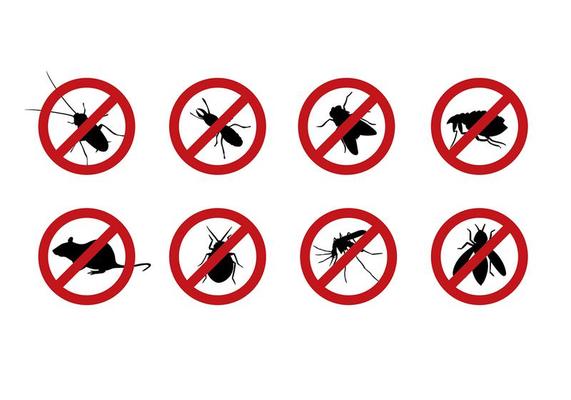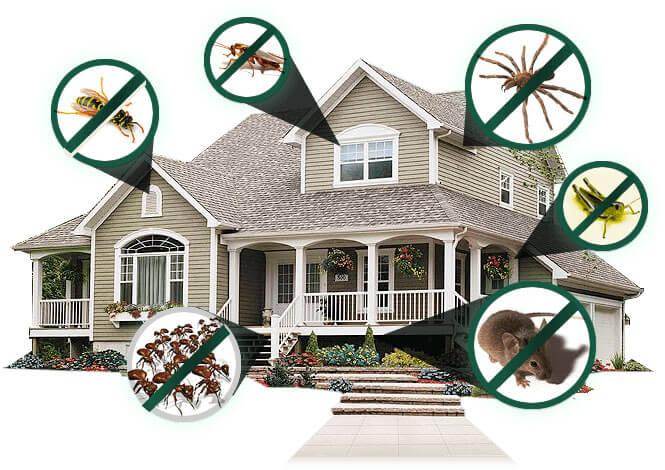Efficient A1 Bed Bug Treatment in Charlotte - Safe and Proven Techniques
Efficient A1 Bed Bug Treatment in Charlotte - Safe and Proven Techniques
Blog Article
Bed Insect Therapy Break Down: Contrasting Chemical Vs. Non-Chemical Solutions
In the realm of bug control, especially when handling the relentless issue of bed insects, the choice in between chemical and non-chemical therapy services can be an essential one. Both approaches supply distinct advantages and drawbacks, affecting variables such as effectiveness, safety and security factors to consider, and total cost. By taking a look at the nuanced information of each method, a more clear understanding of which course to seek in dealing with a bed bug problem can be attained.
Effectiveness of Chemical Treatments
Chemical therapies for bed insect problems have actually been widely recognized for their rapid and powerful efficiency in eradicating these parasites. When taking into consideration the performance of chemical therapies, it is important to comprehend that they can provide a extensive and quick solution to a bed bug problem. Professional pest control specialists usually depend on insecticides to target bed bugs at various phases of their life process, consisting of grownups, eggs, and nymphs. These chemicals commonly work by disrupting the bed bugs' nerves, resulting in paralysis and ultimate death.
Moreover, chemical therapies have the advantage of supplying recurring results, suggesting that they can continue to remove bed bugs even after the initial application. This residual activity is particularly advantageous in combating any kind of prospective re-infestations. In addition, the quick activity of chemical treatments can bring alleviation to people dealing with serious bed insect problems, enabling them to reclaim control of their home swiftly.
Safety And Security Interest In Chemical Solutions
One essential element that needs cautious consideration when making use of chemical options for bed pest therapy is making sure the security of passengers and the setting. While chemical therapies can be efficient in eliminating bed insects, they might posture threats otherwise taken care of effectively. One of the primary safety issues with chemical services is the potential harm they can cause to human wellness. Direct exposure to certain chemicals used in bed pest therapies can cause respiratory issues, skin inflammation, or other adverse responses, especially in individuals with pre-existing problems or level of sensitivities. Furthermore, improper application or dosage of chemical pesticides can result in hazardous residues remaining in the treated location, posturing long-lasting health and wellness dangers to passengers.
Furthermore, the environmental impact of chemical options is an additional significant factor to consider. Some pesticides utilized in bed pest treatments might be damaging to helpful pests, wildlife, and ecosystems if they seep right into the dirt or water supply. It is vital to make use of chemical treatments judiciously, adhering to safety guidelines, and taking into consideration less hazardous options to minimize these risks and guarantee the effective and safe administration of bed pest infestations.
Advantages of Non-Chemical Methods
Thinking about the possible safety and security concerns and ecological impact related to chemical services for bed insect therapy, exploring non-chemical techniques offers an encouraging choice with several distinctive advantages. Non-chemical see here approaches supply a more secure option for households, particularly those with people, family pets, or kids delicate to extreme chemicals. These techniques eliminate the threats of exposure to harmful substances, lowering the possibility for damaging wellness impacts. Additionally, non-chemical therapies are eco-friendly, as they do not add to air or water contamination, making them a lasting selection for bug control.
Additionally, non-chemical options can be reliable in targeting bed bugs, including hard-to-reach areas where chemical therapies may not pass through - A1 charlotte bed bug exterminator. Approaches such as warmth treatment, vacuuming, heavy steam cleansing, and bed mattress coverings supply complete eradication without the use of damaging chemicals.
Limitations of Non-Chemical Treatments

Furthermore, non-chemical therapies typically call for several applications to attain successful elimination. This can be lengthy and may not always guarantee full removal of all bed bugs and go to this site their eggs, especially in concealed or hard-to-reach areas.
Moreover, the success of non-chemical therapies greatly counts on correct implementation and thoroughness, which can be testing for people without specialist expertise. Inadequate application of non-chemical techniques may result in incomplete elimination, bring about persistent infestations and the need for extra therapies.
Therefore, while non-chemical treatments have their advantages, it is vital to acknowledge these limitations and consider them when figuring out one of the most reliable strategy for handling bed insect invasions.
Price Contrast: Chemical Vs. Non-Chemical Options
Offered the restrictions associated with non-chemical therapies, an essential facet to review in the context of bed insect monitoring is the expense contrast in between chemical and non-chemical choices. In comparison, non-chemical treatments like warm therapy or vapor can be much more costly, with costs varying from $1,000 to $6,000 for a whole home. While the first expense of chemical treatments may appear lower, several treatments might be required to completely eradicate the invasion, potentially boosting the overall expense.
Verdict

Considering the possible security concerns and environmental influence connected with chemical remedies for bed insect therapy, exploring non-chemical methods presents a promising option with a number of distinctive benefits.Given the constraints associated with non-chemical treatments, an essential element to evaluate in the context of bed bug monitoring is the cost comparison between chemical and non-chemical choices. In comparison, non-chemical therapies like heat therapy or vapor can be extra expensive, with expenses ranging from $1,000 to $6,000 for a whole home. While the first cost of chemical treatments may seem reduced, multiple treatments may be required to fully remove the infestation, possibly raising the general price.In verdict, when comparing chemical and non-chemical bed bug therapy alternatives, it is vital to consider effectiveness, safety, advantages, limitations, and cost.
Report this page